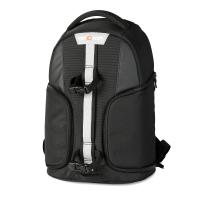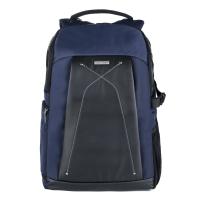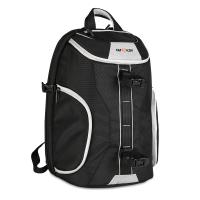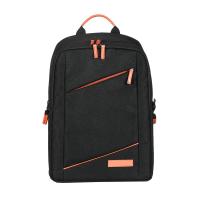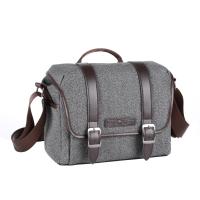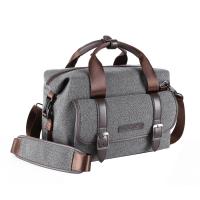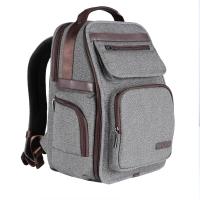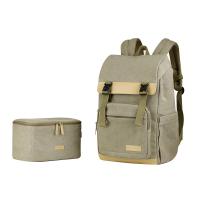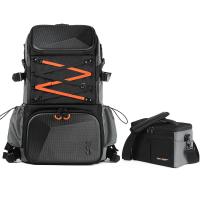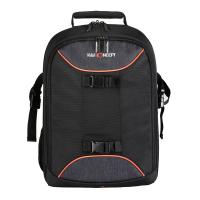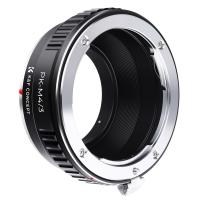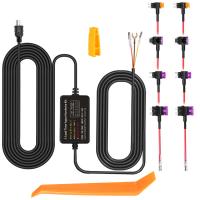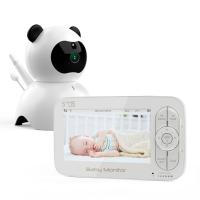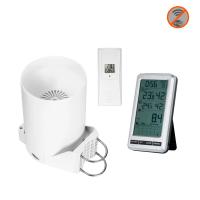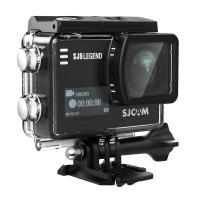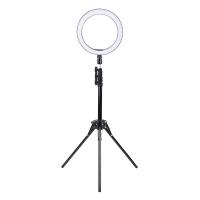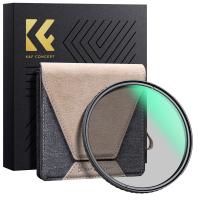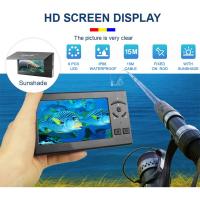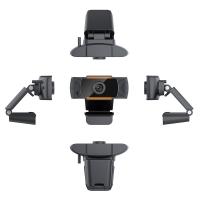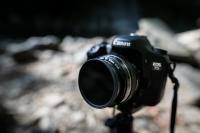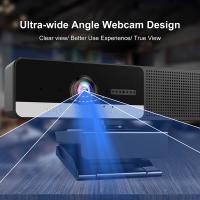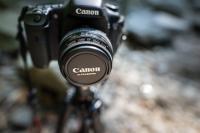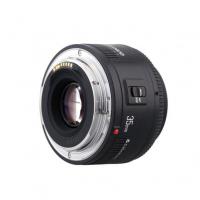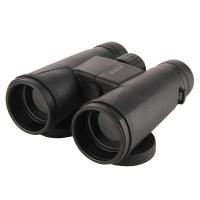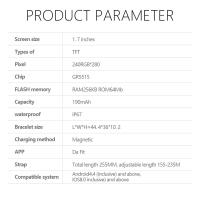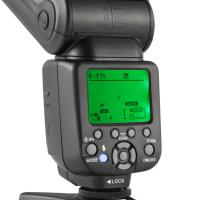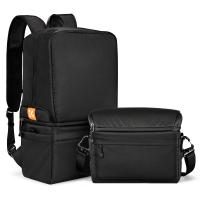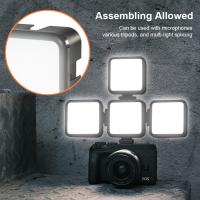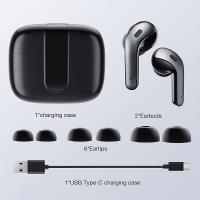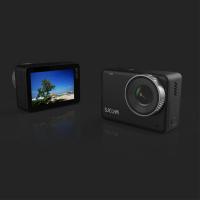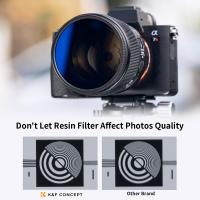What Is The Best Dslr Camera For Video?
In the world of visual arts, video production has seen a meteoric rise in popularity. With platforms like YouTube, TikTok, and Instagram, more individuals and professionals are diving into creating video content. One essential tool for this is the DSLR camera, known for its versatility and superior image quality. If you’re venturing into this realm, you might be asking, “What is the best DSLR camera for video?” This guide aims to answer that question, elucidating the key factors to consider and presenting top-rated options to suit varying needs and budgets.
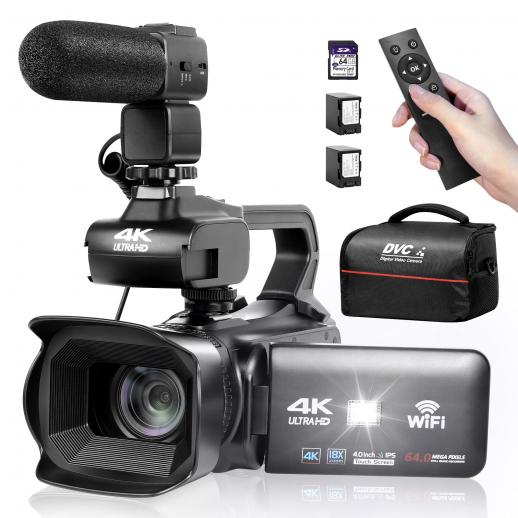
Understanding Your Needs
Before delving into camera specifics, it's crucial to identify your unique requirements. Here are a few considerations:
1. Video Resolution and Frame Rate: Higher video resolution often means better video quality. Full HD (1080p) is standard, but if you want more detail and future-proofing, look for 4K capabilities. Frame rate (measured in frames per second, or fps) also matters; 24fps is industry standard for a cinematic look, but higher frame rates like 60fps are ideal for slow-motion footage.
2. Autofocus: When recording video, having a reliable and fast autofocus can save you a lot of headaches. Look for cameras with continuous autofocus during video recording.
3. Image Stabilization: Built-in image stabilization helps reduce camera shake, which is particularly useful for handheld shooting.
4. Audio Quality: While DSLRs aren’t renowned for their audio quality, having a microphone input allows you to use external mics, significantly improving audio capture.
5. Budget: Define your budget. Prices for DSLR cameras range widely, and determining how much you’re willing to invest can narrow down your choices.
Top DSLR Cameras for Video
Based on the above considerations, here are some of the best DSLR cameras for video across different categories:
1. Canon EOS 90D
The Canon EOS 90D is a stellar choice for both beginners and experienced videographers.
- Resolution: 4K UHD at 30fps and Full HD at 120fps.
- Autofocus: Dual Pixel CMOS AF with Eye Detection.
- Image Stabilization: Digital Image Stabilization.
- Audio: Microphone and headphone jacks.
- Price: Mid-range, around $1,200 body-only.
Why It’s Great: The EOS 90D offers excellent video quality with Canon’s Dual Pixel autofocus system, ensuring smooth and reliable focusing. The camera also supports 4K video without cropping, a significant advantage for wide-angle shots. It’s versatile for a variety of shooting situations and performs well in low light.
2. Nikon D850
For those seeking top-notch quality and professional features, the Nikon D850 is a strong contender.
- Resolution: 4K UHD at 30fps, Full HD at 120fps.
- Autofocus: 153-point AF system.
- Image Stabilization: Electronic Vibration Reduction.
- Audio: Mic and headphone inputs.
- Price: Higher-end, around $3,000 body-only.
Why It’s Great: The D850 combines high-resolution stills with exceptional 4K video performance. It's highly durable, with robust weather-sealing, making it suitable for various shooting environments. The tilting touchscreen also provides flexibility in framing your shots.
3. Panasonic Lumix GH5 (Honorable Mention)
Although technically a mirrorless camera, the GH5 is frequently compared to DSLRs for its video capabilities.
- Resolution: 4K UHD at 60fps.
- Autofocus: Advanced DFD (Depth From Defocus) AF system.
- Image Stabilization: 5-Axis Dual I.S.
- Audio: XLR microphone adapter available.
- Price: Mid-range, around $1,400 body-only.
Why It’s Great: The Lumix GH5 is popular among videographers due to its high video resolution and frame rate. It’s the first camera in its category to offer 4K 10-bit 4:2:2 video recording, providing more color depth and detail. Its in-body stabilization and fantastic autofocus system make it a video powerhouse.
Practical Tips for Choosing a DSLR for Video
1. Assess Your Lens Needs: Lenses play a critical role in video quality. Make sure the camera you choose has a good selection of compatible lenses. Canon and Nikon both offer a wide variety of lenses for different types of videography.
2. Importance of Accessories: Consider additional accessories that complement your camera. External microphones, tripods, gimbals, and lighting equipment can significantly enhance your video production quality.
3. Future-Proofing: Technology evolves rapidly. Investing in a camera with higher capabilities than you currently need can save you from needing an upgrade too soon.
4. Practical Usage: Test the camera in real-world scenarios. User interfaces and ergonomics vary, and finding a camera that feels right in your hands and suits your workflow is crucial.
5. Post-Production: Higher-quality video files require more processing power and storage. Ensure that your computer setup can handle the footage you'll be working with, especially if you're shooting in 4K.
When selecting the best DSLR camera for video, it's essential to balance features, usability, and budget to find the right tool for your specific needs. The Canon EOS 90D offers a well-rounded package with excellent autofocus and 4K capabilities, making it suitable for a wide range of users. The Nikon D850 provides professional-level video features in a robust body, ideal for serious videographers. Even though the Panasonic Lumix GH5 is a mirrorless camera, its prowess in video production makes it worth mentioning for those who prioritize video over stills.
Each of these cameras has unique strengths, and the best choice ultimately depends on your individual requirements and preferences. By carefully evaluating your needs and considering the features discussed, you can find a DSLR that will help you produce stunning video content.


